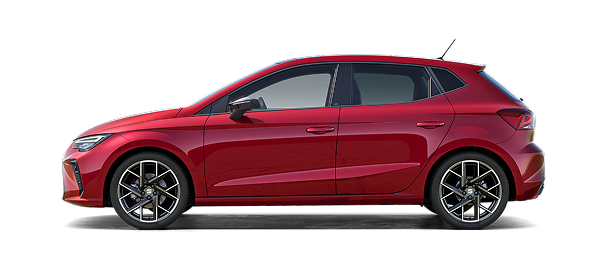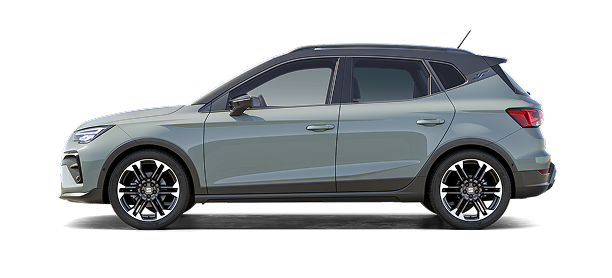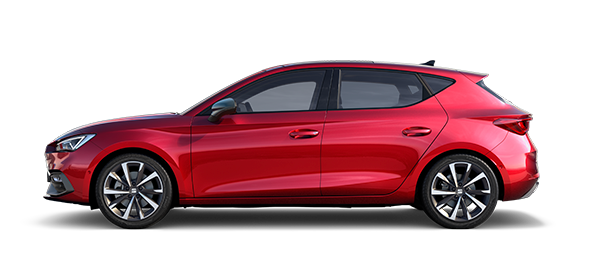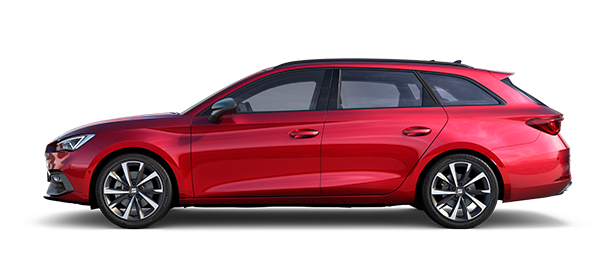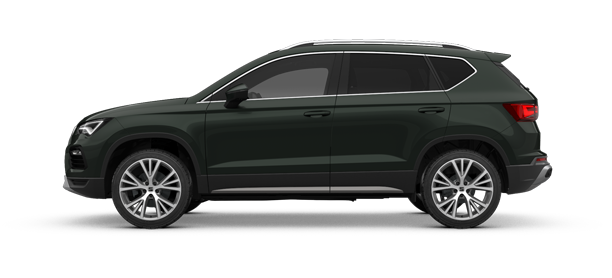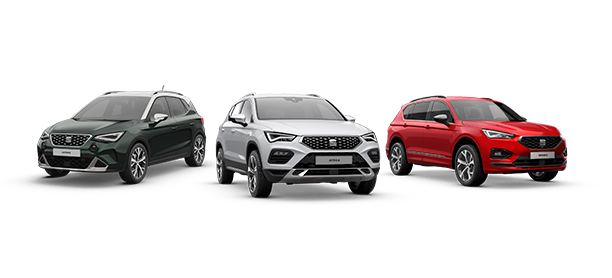Hybrid vs. electric cars
The conventional car is powered by an internal combustion engine. The engine is either petrol or diesel-fueled and drives through a gearbox, differential, and onto the drive wheels.
The electric car is powered by an extensive bank of batteries, which power the electric motors. In modern electric cars, these motors are directly attached to the drive wheels. The batteries are recharged from an external power supply, either at the car’s base (home and/or work) or at power outlets in select service stations.
Hybrid cars are a combination of both. In these vehicles, an internal combustion engine provides power through a generating system to electric motors driving the wheels. Also, the generator serves as a charger for the battery bank.
The hybrid car can be run in electric-only mode for short trips or runs around town. For longer distances or when there is a need to recharge the batteries, the engine can be switched on to take over. The batteries on a hybrid car can also be charged using a plug-in external power source.
